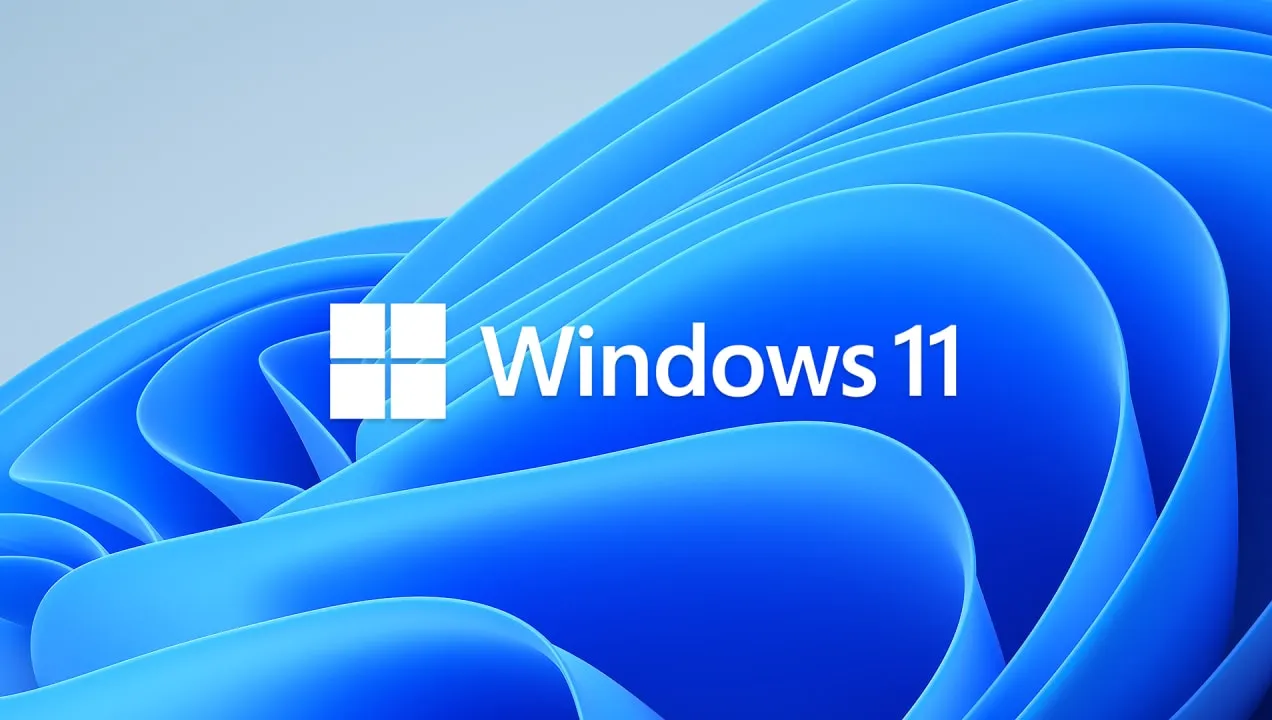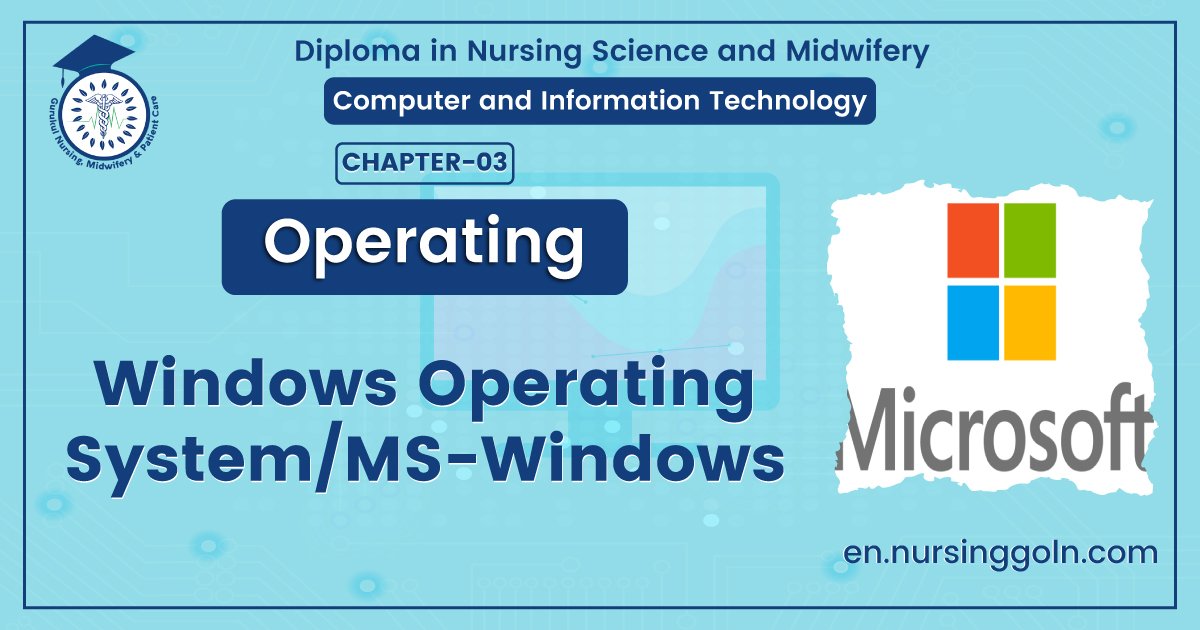Windows Operating System – This book covers the entire syllabus of “Computer & Information Technology” prescribed by the BNMC for B.Sc. in Nursing Science & Diploma in Nursing Science & Midwifery students. We tried to accommodate the latest information and topics.
This book is an examination setup according to the teachers’ lectures and examination questions. We hope in touch with the book students’ knowledge will be upgraded and flourished. The unique way of presentation may make your reading of the book a pleasurable experience.
Windows Operating System

Windows OS, computer operating system (OS) developed by Microsoft Corporation to run personal computers (PCs). Featuring the first graphical user interface (GUI) for IBM- compatible PCs, the Windows OS soon dominated the PC market. Approximately 90 percent of PCs run some version of Windows.
The first version of Windows, released in 1985, was simply a GUI offered as an extension of Microsoft’s existing disk operating system, or MS-DOS. Based in part on licensed concepts that Apple Inc. had used for its Macintosh System Software, Windows for the first time allowed DOS users to visually navigate a virtual desktop, opening graphical “windows” displaying the contents of electronic folders and files with the click of a mouse button, rather than typing commands and directory paths at a text prompt.
Subsequent versions introduced greater functionality, including native Windows File Manager, Program Manager, and Print Manager programs, and a more dynamic interface. Microsoft also developed specialized Windows packages, including the networkable Windows for Workgroups and the high-powered Windows NT, aimed at businesses. The 1995 consumer release Windows 95 fully integrated Windows and DOS and offered built-in Internet support, including the World Wide Web browser Internet Explorer.
With the 2001 release of Windows XP, Microsoft united its various Windows packages under a single banner, offering multiple editions for consumers, businesses, multimedia developers, and others. Windows XP abandoned the long-used Windows 95 kernel (core software code) for a more powerful code base and offered a more practical interface and improved application and memory management.
The highly successful XP standard was succeeded in late 2006 by Windows Vista, which experienced a troubled rollout and met with considerable marketplace resistance, quickly acquiring a reputation for being a large, slow, and resource-consuming system. Responding to Vista’s disappointing adoption rate, Microsoft in 2009 released Windows 7, an OS whose interface was similar to that of Vista but was met with enthusiasm for its noticeable speed improvement and its modest system requirements.
Windows 8 in 2012 offered a start screen with applications appearing as tiles on a grid and the ability to synchronize settings so users could log on to another Windows 8 machine and use their preferred settings. In 2015 Microsoft released Windows 10, which came with Cortana, a digital personal assistant like Apple’s Siri, and the Web browser Microsoft Edge, which replaced Internet Explorer.

Definition of MS-Windows/Windows Operating System:
Windows OS, computer operating system (OS) developed by Microsoft Corporation to run personal computers (PCs).
Or,
Microsoft Windows, or simply Windows, is a Meta family of graphical operating systems developed, marketed, and sold by Microsoft.
| Name | Release obal Date |
| 1. Windows 10 | 29 July 2015 |
| 2. Windows 8.1 | 17 October 2013 |
| 3. Windows 8 | 26 October 2012 |
| 4. Windows 7 | 22 October 2009 |
| 5. Windows Vista | 30 January 2007 |
| 6. Windows XP Professional x64 | 25 April 2005 |
| 7. Windows XP | 25 October 2001 |
| 8. Windows ME | 14 September 2000 |
| 9. Windows 2000 | 17. February 2000 |

Reasons of the popularity of Windows Operating systems:
1. Its native interface is a GUI. Hence, for a new user it is easier to learn and use a compute
system.
2. Microsoft Windows is not just an operating system, but also a complete operating environment. That is, all its programs conform to a standard way of working. For example, a Microsoft Windows word processor works similarly the way a Microsoft Windows spreadsheet (or any other type of Windows program) works. This means that if a user learns one Windows program, this experience is useful while using any other Microsoft Windows program.
3. It is a single-user, multitasking operating system. That is, a user may run more than one program at a time. For example, while editing a file in foreground, a user can run a sorting job in background. The user can partition the Monitor’s screen into multiple windows and can view the progress of different programs on different windows.
4. It allows file names to contain up to 255 characters as well as some punctuation marks, such as periods, commas, and semicolons.
With these features, Microsoft Windows became an operating system of choice for most personal computer users after 1990.
Read more
